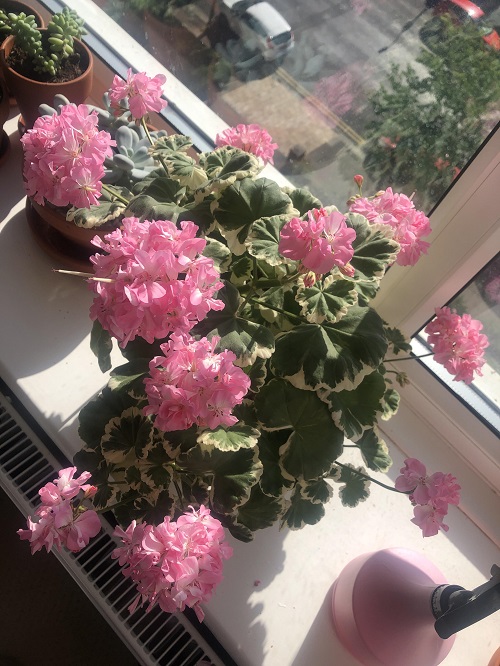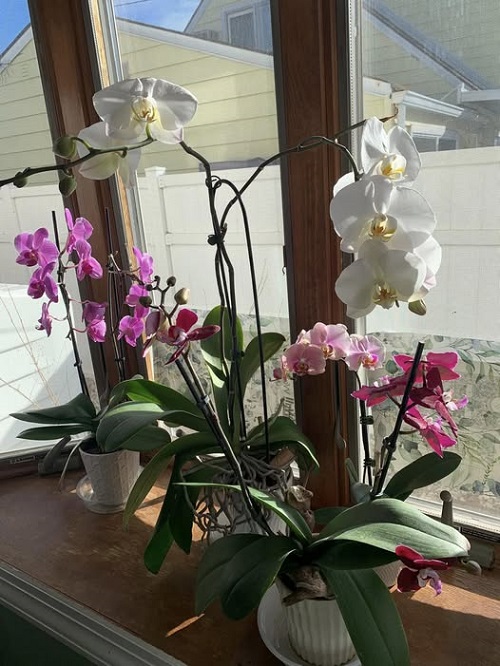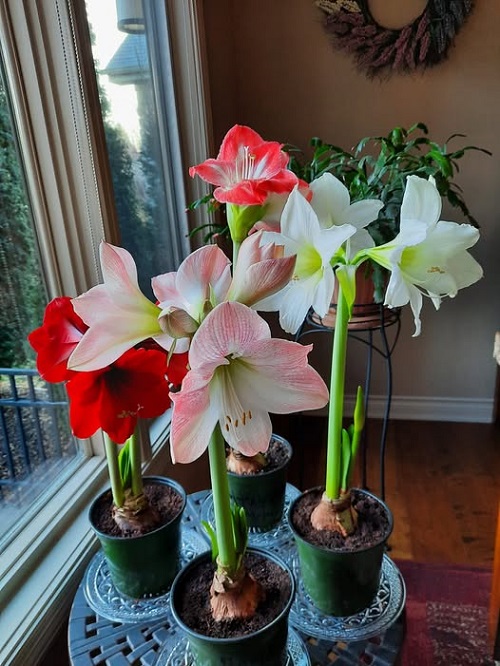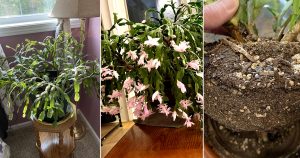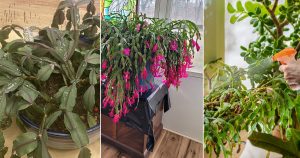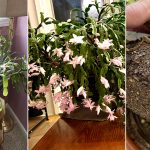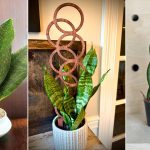Discover the best Placement Tricks to Keep Flowering Plants Happy Through Winter in your home for a year-round, colorful vibe.
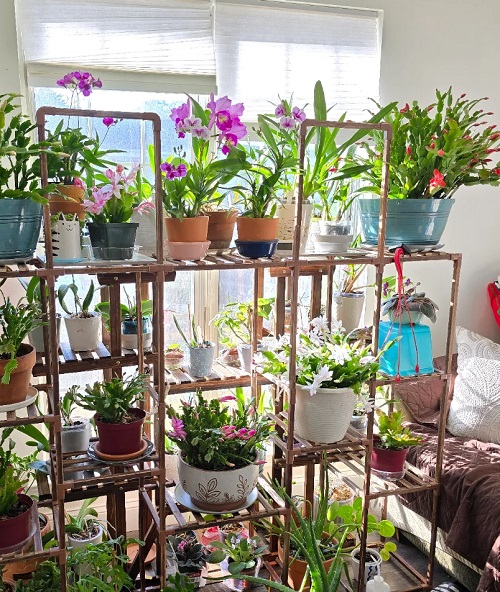
You may not believe that winter can interrupt your blooming plants, but it is true that following simple Placement Tricks can Keep Flowering Plants Happy Through Winter. Check details in the post below.
Placement Tricks to Keep Flowering Plants Happy Through Winter
1. Relocate them to a sunny spot

Flowering plants need light even in winter. Place them near bright windows where they can get natural sunlight. East- and south-facing windows work best because these sides receive more light during the day. Keep plants close to the glass but not touching it. Cold glass can harm leaves. Check the spot throughout the day to see how much light it receives. If the area stays bright for several hours, it is a good place for your plants to stay.
2. Keep Plants Away from Heaters and Vents
Heaters and warm vents run more often in winter. They dry the air and create harsh temperature swings. Flowering plants do not enjoy direct heat. The warmth can dry the soil too quickly and damage the leaves. Place plants a few feet away from heaters, radiators, or warm air vents. Choose a spot where the temperature stays even during the day and night. This helps the plants maintain moisture and stay healthy.
3. Avoid Drafty Corners and Cold Air

Winter air can move through small gaps around doors and windows. Flowering plants struggle when exposed to cold drafts. Avoid placing them near open windows, doors that are used often, or areas where the air feels chilly or unsteady. Cold air can shock the leaves and cause buds to drop. Check for temperature changes by standing near the spot for a minute. If you feel a sudden cold wave, move the plant to a more stable location.
Make a simple humidity tray to add moisture around your plants. Take a low tray and spread a shallow layer of pebbles in it. Pour water until it reaches the top of the pebbles but does not cover them. Place your plant pots on the pebbles. Keep the tray in a warm, bright spot or on top of a radiator if it stays safe and stable.
4. Use Shelves or Stands to Raise Plants Off Cold Floors
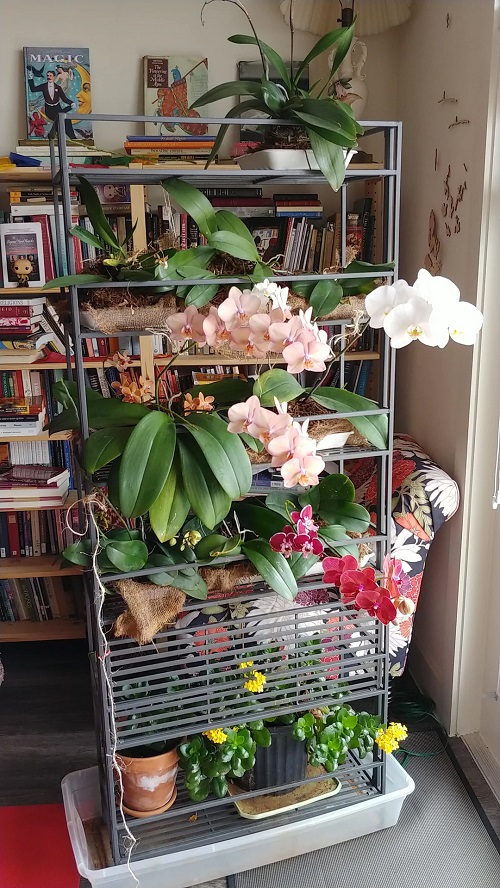
Floors can become very cold in winter, especially near entrances or in rooms without carpets. Cold air settles low, and this affects pots placed on the floor. Raising flowering plants on shelves, stools, or stands helps protect their roots from cold stress. This simple elevation also improves airflow around the plant. It keeps the pot warmer and prevents sudden temperature drops. Pick a stable surface that gets enough light and stays steady throughout the day.
5. Group Plants to Create a More Humid Area
During the Winter months, the air inside homes becomes very dry due to heating. Flowering plants need some humidity to stay comfortable. Grouping plants together helps them create a small humid zone around each other. This natural moisture supports their leaves and buds. Place the group near a window with good light, but keep some space between the pots for air movement. This setup keeps the humidity higher without requiring special tools.
6. Rotate Plants So All Sides Get Light
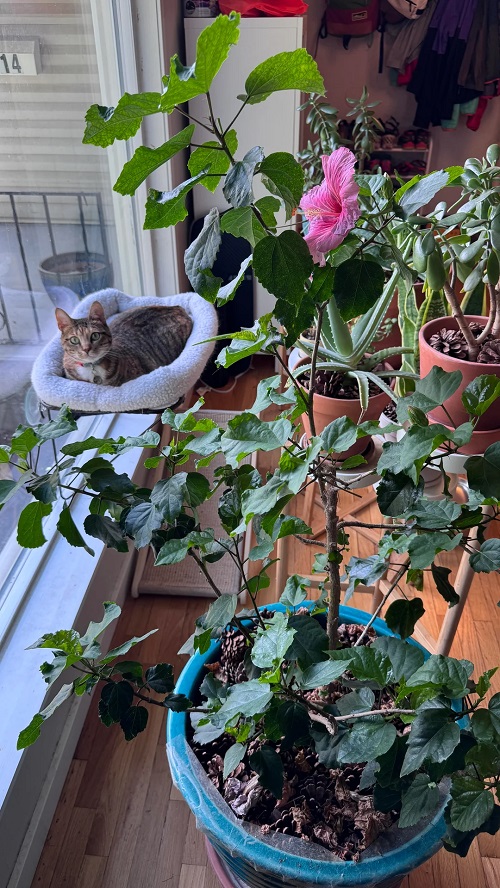
Sunlight becomes limited in winter, and one side of the plant may get more exposure than the other. Rotate your flowering plants every few days. This helps each side get equal light. It prevents uneven growth and helps the plant stay balanced. Rotating also allows you to check for signs of stress. You can spot problems early and adjust the placement if needed.
7. Choose Spots with Clean, Unblocked Light
Dust on windows can reduce the amount of sunlight reaching your plants. Make sure your windows stay clean in winter. Avoid placing items like thick curtains or large furniture in front of the plants. They block light and reduce the energy the plant receives. Clean light helps flowering plants stay active. Even if the winter sun is weak, clear access gives plants the best chance to thrive during the colder months.
8. Keep Plants in Rooms You Use Often
Rooms that you use regularly usually stay warmer and brighter. They have more stable temperatures than unused spaces. Flowering plants do better when they are in these lived-in rooms. Choose a spot where the plant can get light and comfort without being forgotten. When plants are in view, you also notice problems faster. This helps you take quick action and keep them healthy until spring.


